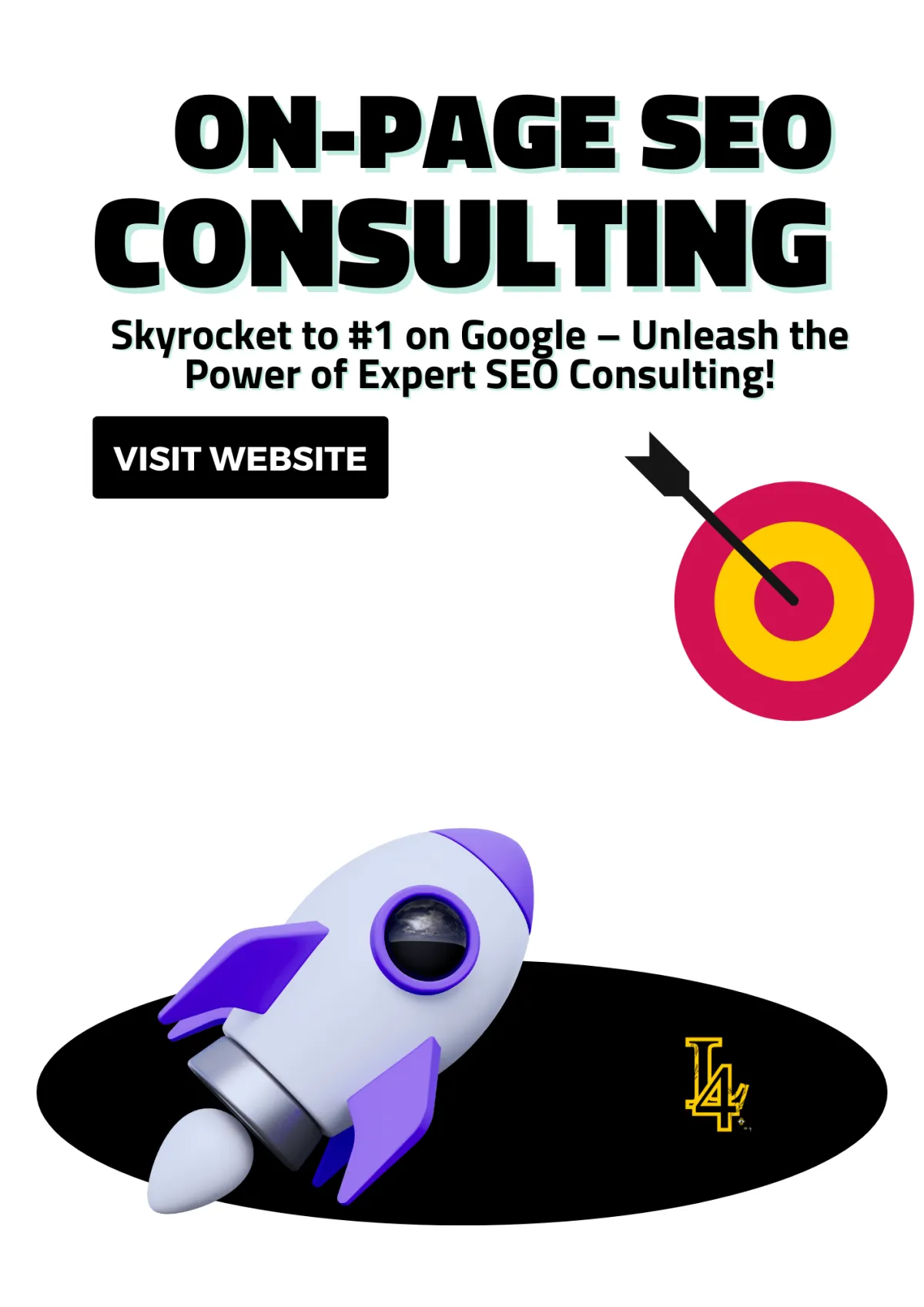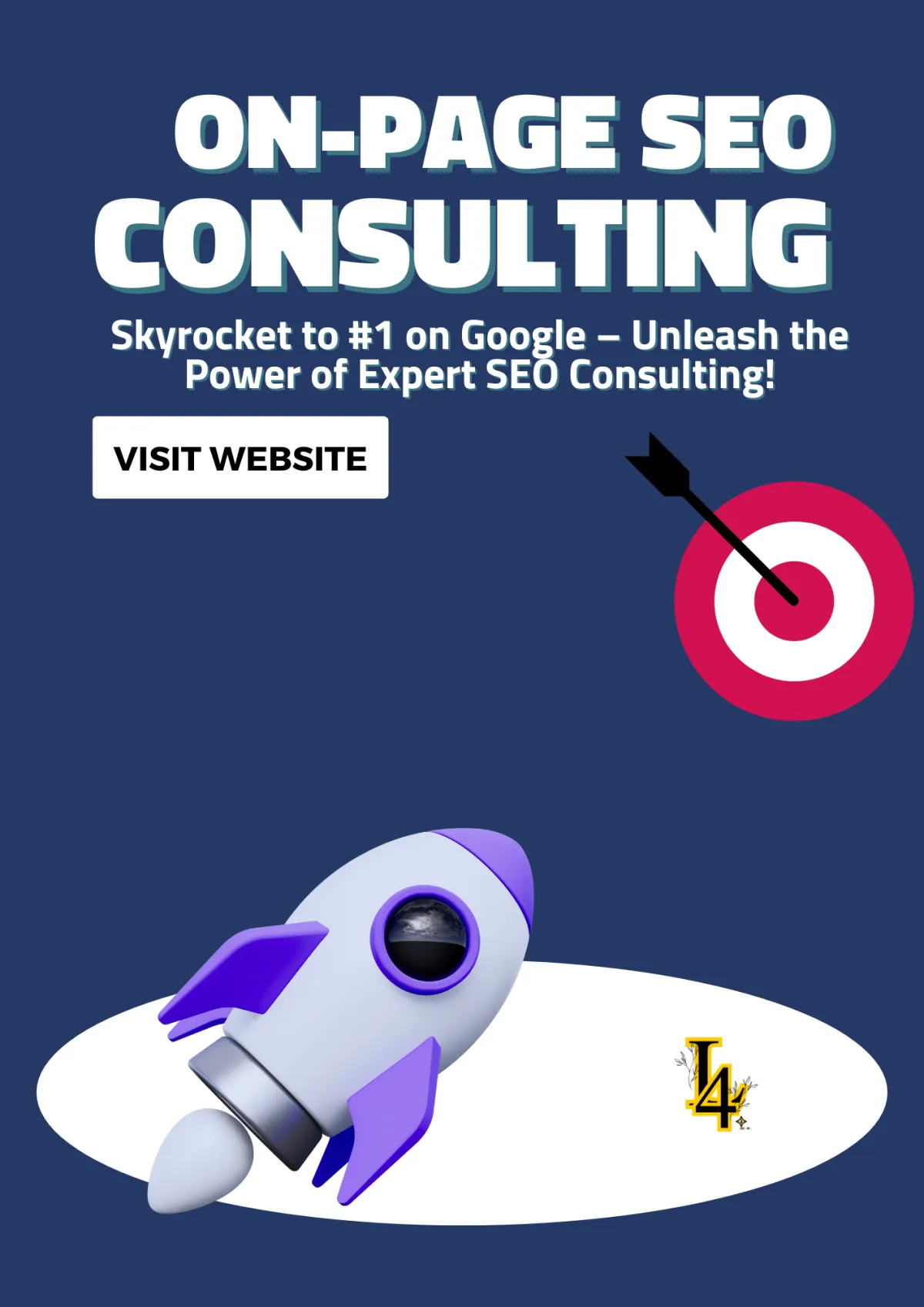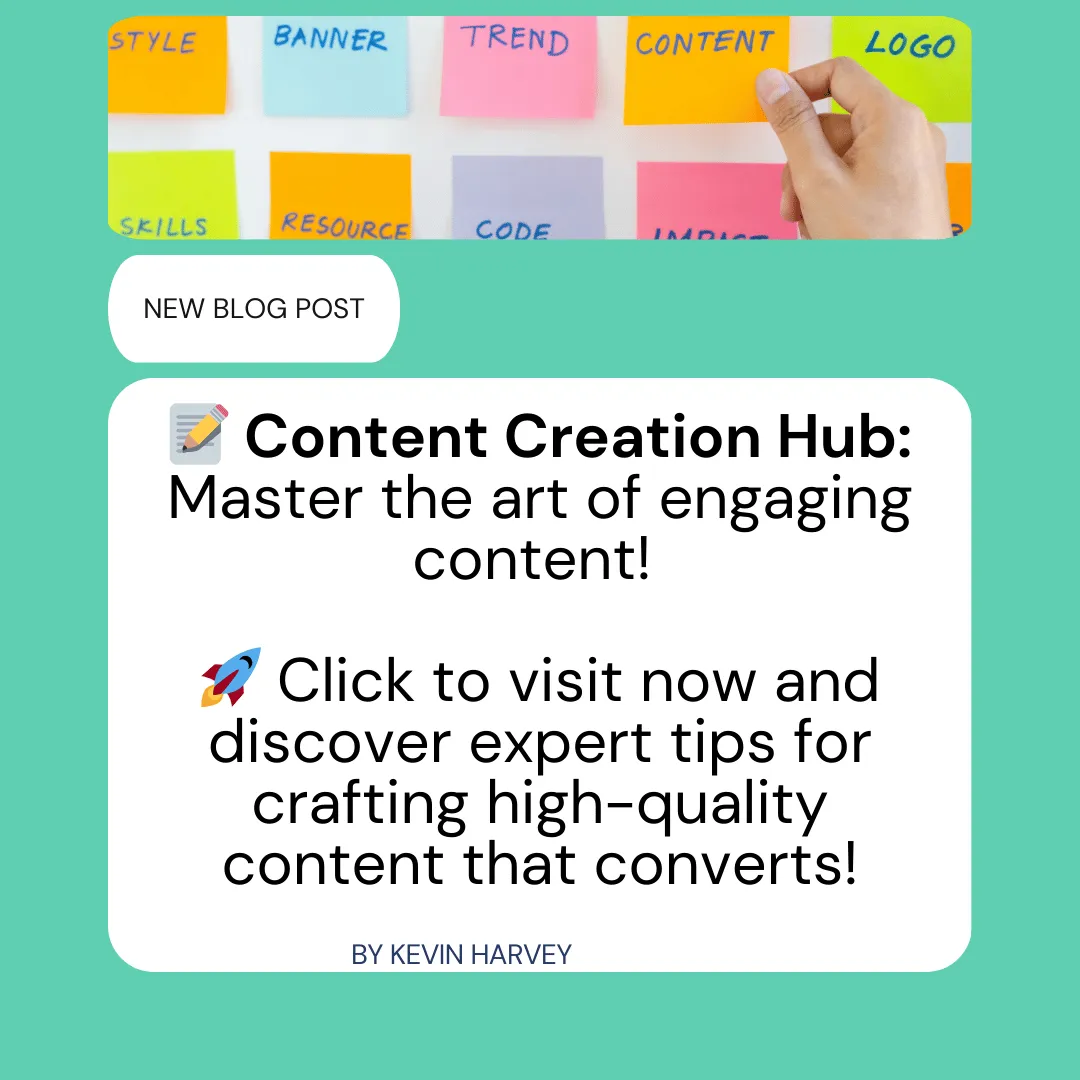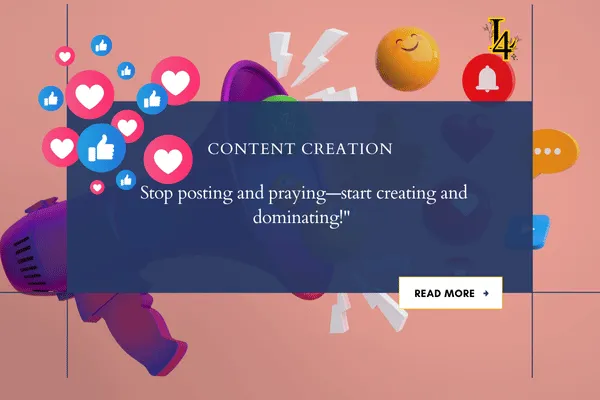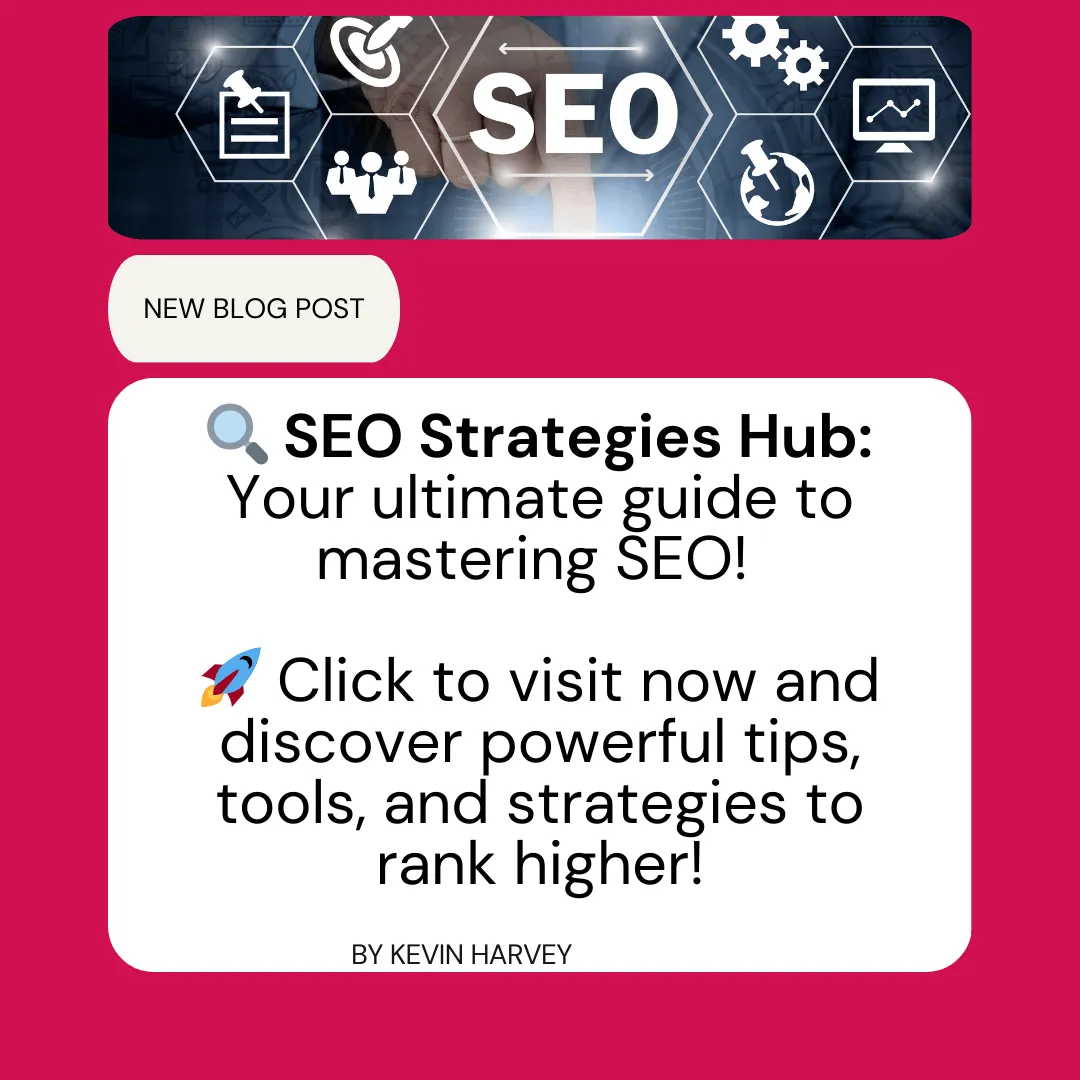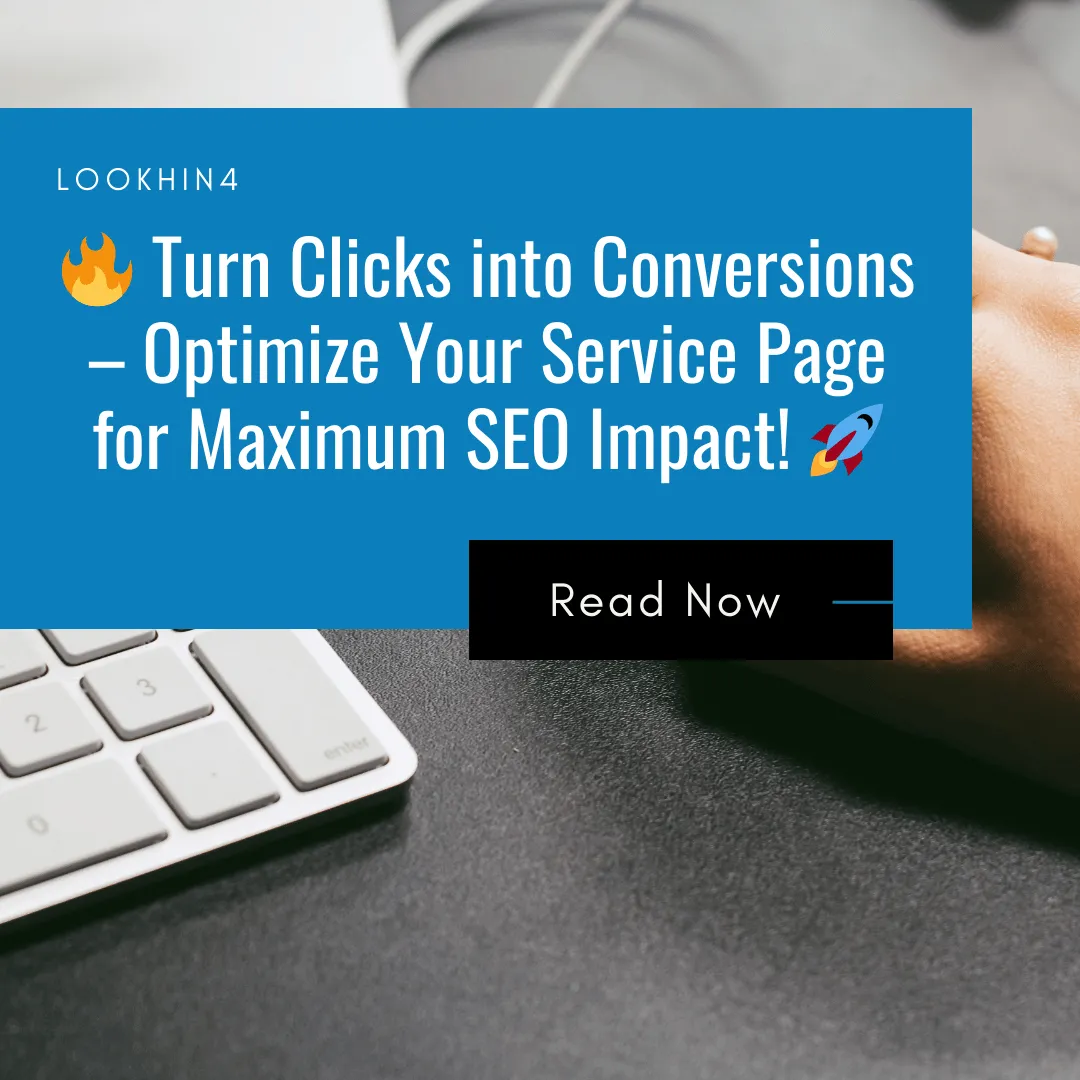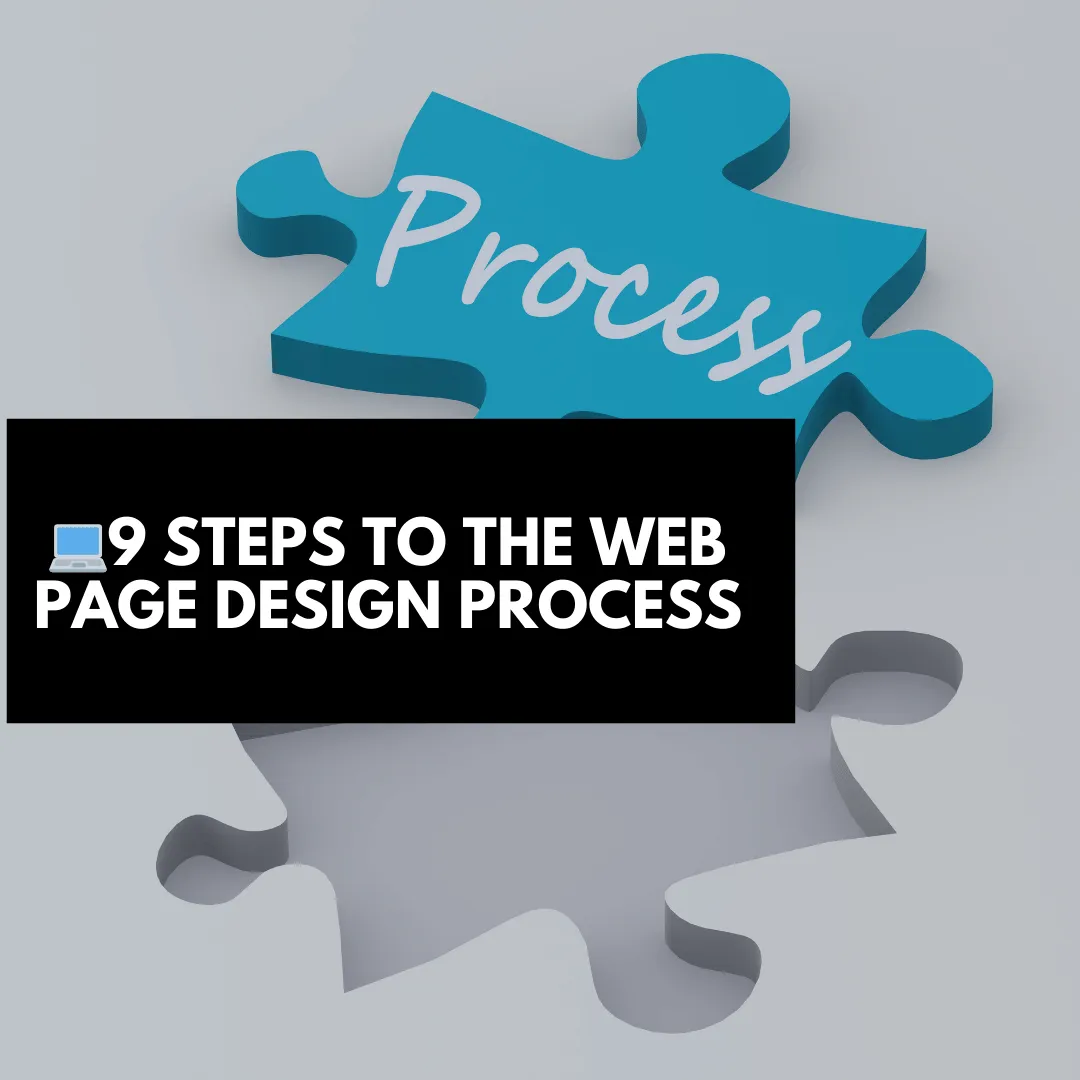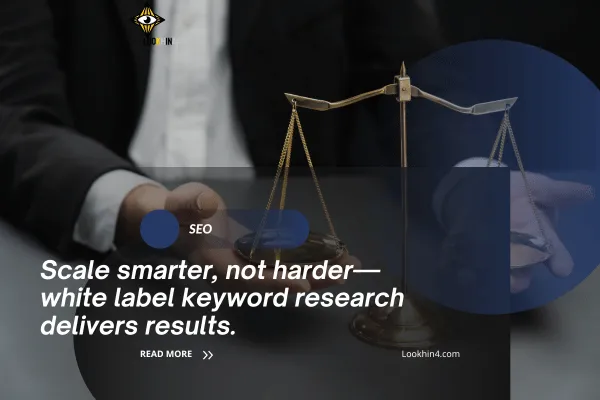
How to Optimize Title Descriptions for Higher Google Rankings
Why Title Descriptions Are Crucial for SEO Success

When it comes to ranking high on Google and attracting visitors to your website, title descriptions (meta titles) play a pivotal role. They are often the first thing users see in search engine results pages (SERPs) and can make or break whether someone clicks on your link. A well-crafted title description not only helps Google understand what your page is about but also entices users to visit your site.
This article explores why title descriptions are important, how Google uses them to determine relevance, and how you can optimize yours for better rankings and click-through rates (CTR).

What Is a Title Description?
A title description, or meta title, is an HTML element that defines the title of a web page. It appears as the clickable headline in search results and provides both users and search engines with a concise summary of the page content.
Example of a Meta Title:
htmlCopy code
<title>How to Write SEO-Friendly Blog Posts | Expert Tips and Tricks</title>
How Google Uses Title Descriptions
Google and other search engines rely on title descriptions to:
Understand Content Relevance
Title descriptions give Google a clear indication of the primary topic of your page. By including relevant keywords, you help Google match your content with user queries.Improve User Experience
Google aims to provide users with the most relevant and useful results. An accurate and compelling title description helps searchers understand what your page offers before clicking.Rank Pages
While title descriptions alone won’t guarantee top rankings, they significantly influence CTR, which is a ranking factor. Higher CTR signals to Google that your page is valuable, improving its position over time.
Why Keywords in Title Descriptions Matter
Including relevant keywords in your title description is critical for both SEO and user engagement. Here’s why:
Improves Rankings: Keywords in the title make it easier for Google to determine your page’s relevance to search queries.
Attracts Clicks: Users are more likely to click on results that include the exact terms they searched for.
Boosts Visibility: Search engines often bold keywords in the SERP, making your title stand out.
Example of a Keyword-Rich Title:
"10 Tips for Writing SEO-Friendly Blog Posts That Rank High on Google"
Examples of Bad vs. Corrected Titles and Descriptions
Bad Title and Description Example
Title: "Home | My Blog"
Meta Description: "Welcome to my blog. Click here to learn more."
Why It’s Bad:
The title is vague and provides no information about the content.
The description lacks keywords and doesn’t entice users to click.
Custom HTML/CSS/JAVASCRIPT
Corrected Title and Description Example
Title: "How to Write SEO-Friendly Meta Descriptions | Boost Your CTR"
Meta Description: "Learn how to craft compelling meta descriptions that improve your website’s SEO and drive traffic. Follow our expert tips and examples."
Why It Works:
The title includes the primary keyword, "SEO-friendly meta descriptions."
The description provides a clear benefit, includes keywords, and encourages action.
Best Practices for Writing Effective Title Descriptions
1. Include Primary Keywords Early
Place your most important keyword at the beginning of the title for maximum impact. For example:
"SEO Tips: How to Write Titles and Descriptions That Rank"
2. Keep Titles Concise
Google typically displays the first 50-60 characters of a title. Anything longer may be truncated.
Best Practice: Aim for 50-60 characters to ensure your title is fully visible.
3. Make Titles Compelling
Use language that grabs attention and encourages users to click. Incorporate action verbs or numbers for better engagement.
Example: "5 Proven Strategies to Optimize Your Meta Descriptions"

4. Align Titles and Descriptions with Content
Ensure your title and meta description accurately reflect the page content. Misleading titles may result in high bounce rates, hurting your SEO.
5. Avoid Duplicate Titles
Each page on your site should have a unique title. Duplicate titles confuse search engines and dilute your rankings.
How Title Descriptions Influence Rankings
While title descriptions don’t directly affect rankings, they significantly impact CTR, which is a ranking factor. Pages with higher CTRs are seen as more relevant and are rewarded with better placement in SERPs.
How CTR Impacts Rankings:
A well-crafted title and description attract clicks.
Higher clicks improve engagement metrics like time on page and reduce bounce rates.
These positive signals boost your page’s overall ranking over time.
Integrating Titles into Your SEO Strategy
Here’s how to ensure your title descriptions align with your overall SEO goals:
Use an SEO Tool: Platforms like SEMrush, Ahrefs, or Yoast can help optimize titles and descriptions.
A/B Test Titles: Experiment with different formats to see which generates the most clicks.
Review Performance Regularly: Use Google Search Console to monitor CTR and tweak underperforming titles

Best Practices for Crafting Compelling Meta Descriptions
Follow these steps to write meta descriptions that attract clicks and improve your site’s performance:
1. Understand Your Audience’s Intent
Start by identifying the search intent of your target audience. Tailor your description to address their needs, whether they’re looking for information, products, or services.
Examples:
Informational Intent: “Learn how to write effective blog posts with our step-by-step guide.”
Transactional Intent: “Shop the latest tech gadgets at unbeatable prices!”
Why It Matters: Matching user intent ensures your description resonates, driving higher CTR.
2. Use Relevant Keywords
Incorporating relevant keywords helps search engines and users recognize that your page meets their needs. Place your primary keyword naturally within the meta description.
Examples for a Landing Page:
“Create high-converting landing pages with our expert SEO tips and tricks.”
“Discover the best practices for landing page optimization in 2024.”
Best Practice: Avoid keyword stuffing; instead, focus on natural, meaningful integration.
3. Keep It Concise
Search engines typically display only the first 155-160 characters of a meta description. Ensure your summary is clear, concise, and delivers essential information upfront.
Pro Tip: Aim for 140-155 characters to ensure your description appears fully in both mobile and desktop SERPs.
4. Use Action-Oriented Language
Encourage users to take action by using compelling and engaging language. Active verbs like “Learn,” “Discover,” or “Shop” prompt users to click.
Examples:
- Custom HTML/CSS/JAVASCRIPT
“Discover how to boost your SEO rankings with our expert tips.”
“Learn the secrets of crafting high-performing meta descriptions today!”
Why It Matters: Action-oriented descriptions are more likely to convert impressions into clicks.
5. Highlight Unique Selling Points (USPs)
Stand out by emphasizing what makes your page unique or valuable. Highlight benefits, features, or exclusive offers.
Examples:
“Our guide reveals 10 proven strategies to increase your website’s CTR.”
“Shop eco-friendly products with free shipping on all orders over $50!”
Pro Tip: Your USP differentiates you from competitors, making your page more appealing.
Advanced Strategies to Optimize Meta Descriptions
To maximize the impact of your meta descriptions, incorporate these advanced techniques:
6. Align with Page Content
Your meta description must accurately reflect the page’s content. Misleading descriptions can increase bounce rates and harm your SEO performance.
Example: If your page is about “how to write SEO-friendly blogs,” ensure the description aligns with this topic.

7. Include a Clear Call-to-Action (CTA)
Guide users on what to do next by including a clear CTA. Phrases like “Learn how,” “Read more,” or “Get started now” motivate users to click.
Examples:
“Learn how to craft perfect meta descriptions that boost your CTR. Read our guide!”
“Start optimizing your SEO strategy today with expert tips.”
8. Avoid Duplicates
Each page should have a unique meta description to avoid confusing search engines and users. Tailor descriptions for every page to maximize relevance and engagement.
9. Use Structured Data for Rich Snippets
Structured data isn’t directly part of meta descriptions, but it enhances your SERP presence. Rich snippets, such as ratings, reviews, or pricing, make your listing more attractive and clickable.
10. Test and Update Regularly
SEO trends and user preferences evolve. Regularly review your meta descriptions to ensure they remain relevant. Conduct A/B testing to identify which descriptions drive the most traffic and refine them accordingly.
Examples of Effective Meta Descriptions
Here are some examples that follow best practices for creating compelling meta descriptions:
For a Blog Post:
“Learn how to write meta descriptions that increase your CTR and improve SEO. Follow our step-by-step guide for expert tips and actionable advice.”
For a Product Page:
“Shop ergonomic office chairs designed for comfort and productivity. Free shipping on orders over $100!”
For a Service Page:
“Looking for SEO consulting services? Our experts help optimize your site to rank higher and drive traffic. Contact us today!”
Final Tips for Writing High-Performing Meta Descriptions
To summarize, here’s how to craft meta descriptions that work:
Use Keywords: Incorporate relevant terms naturally.
Keep It Short: Stay within 155 characters.
Be Compelling: Use active language and include a CTA.
Align Content: Match your description with the page’s focus.
Test and Update: Optimize descriptions regularly for better performance.
Pro Tip: A well-optimized meta description can boost CTR by up to 5.8%, making it a key component of your SEO strategy.
By following these best practices and continually refining your approach, you can create meta descriptions that not only attract visitors but also enhance your website’s overall performance. Start crafting compelling meta descriptions today, and watch your CTR soar! 🚀

